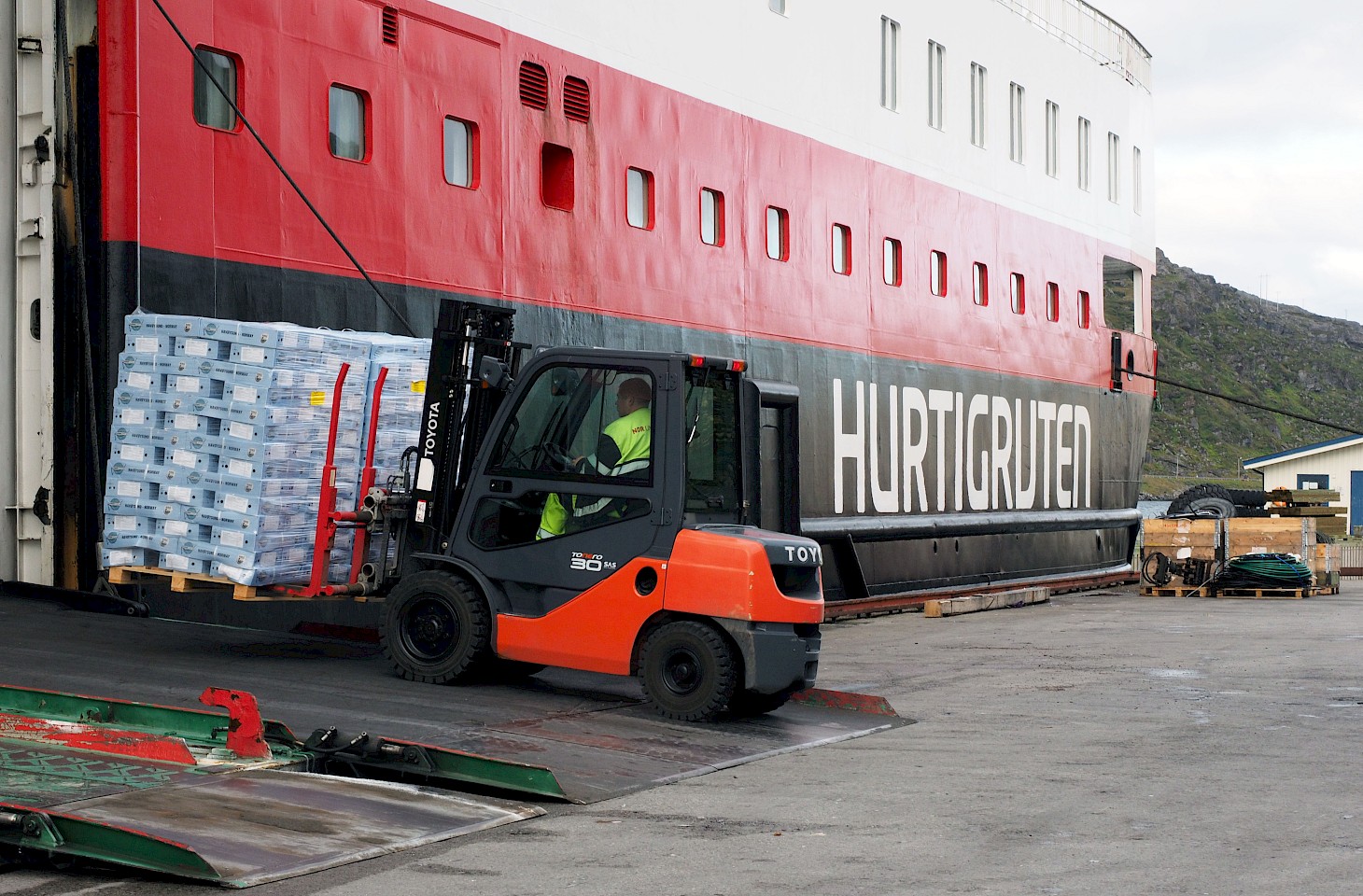Dear fellow travellers
It is rare that we write about planes, but a few days ago we stumbled on a list of airlines that have been consigned to aviation history. What struck us was the pure poetry embedded in this sad litany: Flying Finn, Styrian Spirit, Magic Blue, Arc Air, Air Andalucía and Amber Air. Some names seemed a little ill-judged to carry the hopes and ambitions of a new airline's promoters. Was not Atlantis Airways destined from the outset to be lost for ever?
Look over the Atlantic and the names of early air carriers often revealed just how hungry for renown their founders were. Braniff International and Hughes Airwest attested to the adventurous ambition of the Braniff brothers and Howard Hughes. Europeans are more restrained and Ukrainian businessman Ihor Kolomoisky, who has been busy buying a clutch of small European airlines of late, seems in no rush to rename any of them Kolomoisky Air.
Fashions change, and nowadays - particularly in Europe - impersonal and placeless brands are much in favour. With EasyJet and Wizz Air, we have to delve into company accounts to find out if they have any geographical loyalties. Nor do the men behind these ventures emblazon their names on their aircraft. Would EasyJet have reached the heights it has if it were called Stelios International? Probably not.
Just for the record, there really were two Ryans, Tony and Christopher, who helped kick-start Ryanair back in 1985, but a quarter century later the eponymous airline's assertive branding has entirely eclipsed the personalities or geographical loyalties of its founders.
Placeless and faceless
In the brave new world of aviation, names and places become liabilities rather than assets. European airlines have been quietly morphing to mask their geographical origins. Jersey European seemed a tad too myopic for a youthful airline with ambitions, so in 2000 it marked its 21st birthday by restyling itself British European. From there it was but a short step to placeless Flybe, the name under which the carrier currently operates.
British Midland no longer operate a single flight to any airport in the English Midlands. No surprise perhaps that the carrier has rebranded itself by stealth to become bmi. To those not in the know, the airline might have its headquarters in Timbuktu. In fact, they are at Nottingham East Midlands Airport, even though the airline no longer features on the departure boards at that airport.
Geography is dead. The placeless brand rules in the new marketplace. Is it just coincidence that two of Europe's most troubled carriers, Air Berlin and Air Baltic, both have company names with strong geographical associations? Both are airlines worth watching. Last month Air Berlin ousted its controversial CEO Joachim Hunold, bringing in the even more controversial former head of Deutsche Bahn, Hartmut Mehdorn, in his place. Schedules are being cut and Germany's second-largest carrier is struggling.
A little further east, Air Baltic announced last week that it was laying off hundreds of staff and pruning its network. Insolvency is a cruel affair. Whether Air Baltic will still be around next spring is very much a matter for debate. And if it does weather the fierce financial storms that now surround the company, it will surely rebrand itself before too long. Fly Ostrich, perhaps?
Nicky Gardner and Susanne Kries
(editors, hidden europe magazine)


